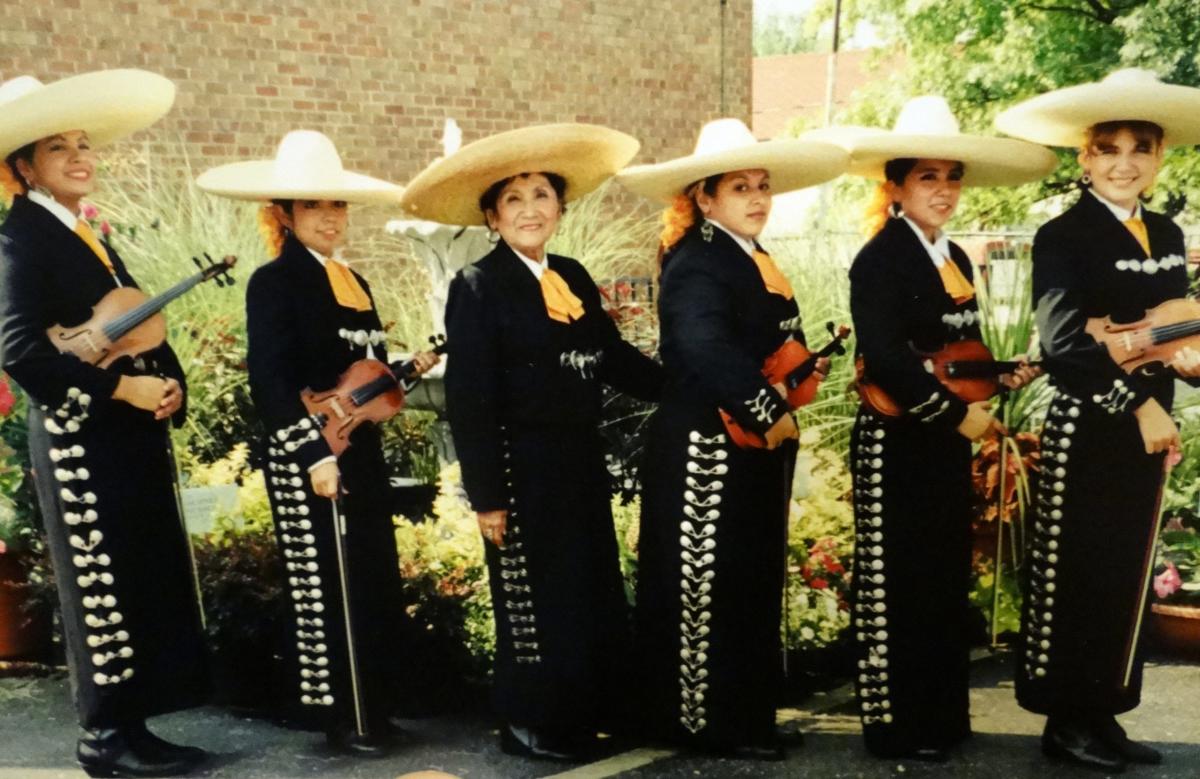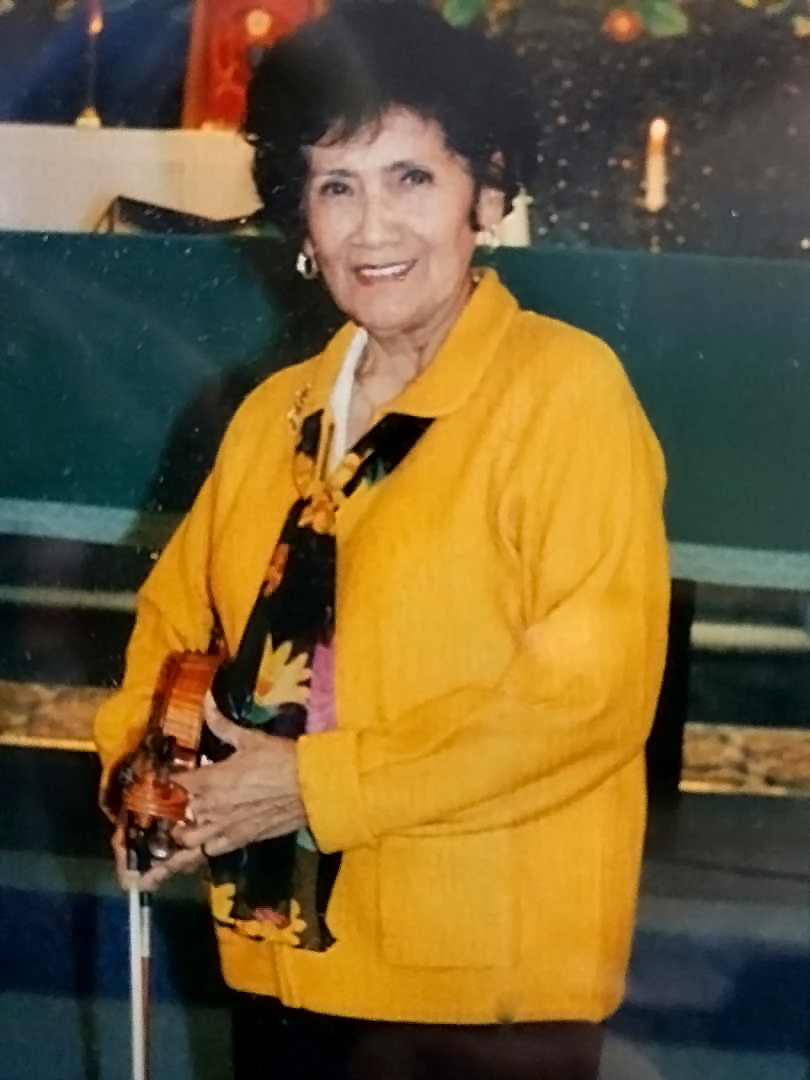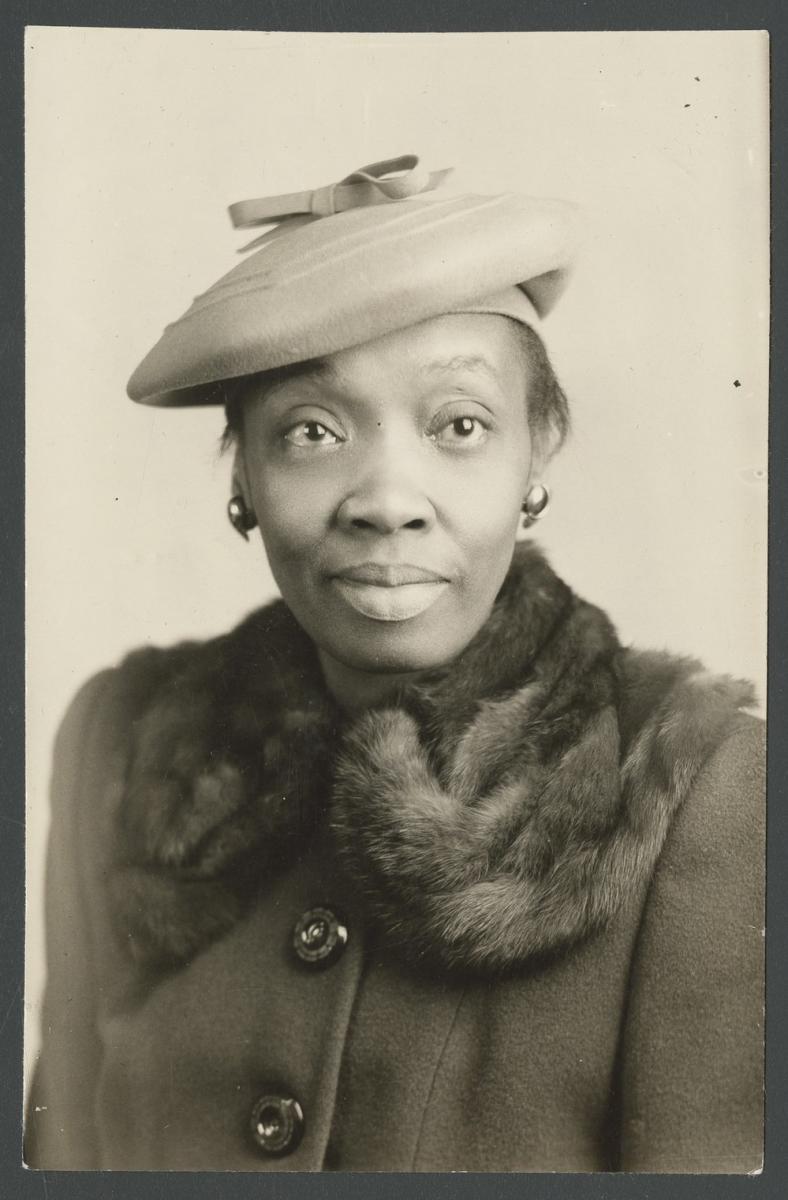
From a trailblazing, all-female mariachi band to renowned African-American educators, Topeka has been home over the years to strong women cementing their places in the capital city’s rich history.
Topeka native Teresa Cuevas is a prime example of local women making moves. Cuevas was born in Topeka on April 20, 1920. As the child of Mexican immigrants, she had a close connection to her family’s musical heritage and started playing the violin at age 8. Over the years, she gravitated toward mariachi music. Cuevas’ musical aspirations took a back seat as she married, raised children, and worked in agriculture and dairy farming with her husband, but eventually, she returned to music through her church, Our Lady of Guadalupe, which today hosts Topeka’s annual Fiesta Mexicana celebration.

Cuevas performed in several local mariachi groups before forming the influential, all-female band Mariachi Estrella de Topeka. Created at a time when mariachi music was dominated by men, Mariachi Estrella was an anomaly when it emerged in the 1970s. Though a 1981 tragedy resulting from a collapsed venue is sadly tied to the band’s legacy, Cuevas lived to be 93 years old and continued to impact the Topeka community’s musical legacy until her passing in 2013. Today, multiple downtown statues honor the legacy of Cuevas and the trailblazing women of Mariachi Estrella de Topeka.
Another local woman of prestige was Mamie Williams, an African-American educator who spent most of her life in Topeka. In fact, Williams’ time here was documented in the 1976 special produced by KTWU-TV, titled “75 Years on Quincy Street: Conversations with Mamie Williams.”

Williams graduated from Topeka High School at the age of 16 and went on to attend Washburn University, graduating with honors in 1915 as the only Black student in her class. Williams worked for more than 40 years as a teacher and administrator with Topeka Public Schools, before retiring in 1960. She spent several of her summers teaching at colleges in Mississippi and Texas and earned a “Teacher of Education” diploma in 1924 from New York’s Columbia University.
Williams’ accolades, though, don’t stop there. In 1935, she served as secretary of the Interstate Literary Society. In the 1950s, she was involved with the National Education Association, traveling the world with them to promote educational values. She sat on the Kansas Commission on the Status of Women, served as a delegate to the 1971 White House Conference on Aging, and so much more. Topeka’s Williams Science & Fine Arts Magnet Elementary School is named in Williams’ honor, and visitors to the capital city may still drive by her longtime home, which sits at 1503 S.E. Quincy St. Williams lived to be 92 years old, and according to the Kansas Historical Society, she was known for encouraging her students to “be a miracle.”
Sources:









